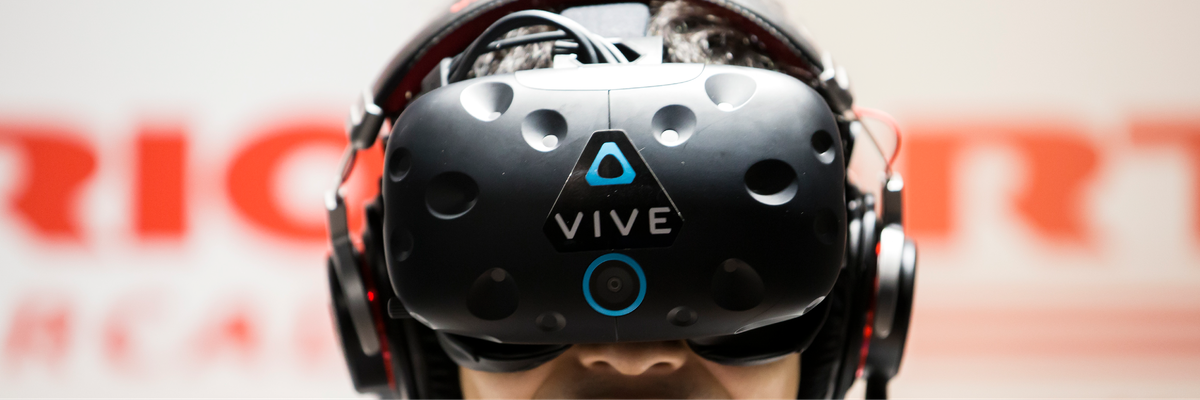In recent years, virtual reality has gained traction and credibility in the global gaming industry. It has become a medium that boasts both smaller, experimental games like From Software’s Déraciné, and big-budget, full-length franchise titles like Iron Man VR and Half-Life: Alyx.
Our data shows that within four global markets – Great Britain, the US, Germany, and Hong Kong – VR remains a minority, if not a niche, concern among gamers.
Among US gamers – those who said they play console games, PC games, or both – one in ten say they own or have access to a VR headset (10%). In Britain, this falls to 8%; in Hong Kong, 6%; and in Germany, 5% of gamers.
Despite the growing number of PC VR exclusives like the aforementioned Half-Life Alyx and Fallout 4 VR, our data indicates that virtual reality is less popular among PC gamers than it is among the wider gaming population. In the US, 9% of those who play console games exclusively have access to a headset compared to just 5% of PC gamers while in Germany, 8% of console-only gamers have access compared to 2% of PC gamers. In Hong Kong, 5% of gamers have access to a VR headset compared to 3% of PC gamers (the same proportion as the general population). It is important to note that “PC gamers” here encompasses a range of consumers from hardcore gamers to those who only play social and casual games – a sample more focused on, for example, those who use their PCs to play AAA titles might yield different results.
Zooming in on the US and Britain, there’s evidence to suggest that VR uptake could increase in the next year. Some 16% of the wider US gamer group say they’re likely to buy a VR headset in the next 12 months, while 12% of Brits say the same. Of this group, however, half as many US PC gamers (8%) say they’re likely to acquire a virtual reality device – while there’s a dramatic (but still notable) drop off in Britain (to 9%). This is likely due to cost: one estimate puts the overall price of a new VR setup for someone without an up-to-date gaming computer at around $1,000 USD.
Looking at Germany reveals that people with access to a VR headset generally have higher levels of disposable income than the general population: two-thirds (66%) have over €1,000 euros per month of discretionary spending versus just half (50%) of the general public.
But another explanation may be a broader scepticism towards VR. Our data reveals that, while most gamers are open to the technology, they’re often more cynical about it than the general public.
Some 32% of American gamers also see no practical application for VR (vs. 30% nat rep), and 24% of British gamers hold the same belief (vs. 22% nat rep). But Germany demonstrates the highest scepticism overall: a third (34%) believe the technology has no practical use compared to three in ten (30%) of the nation in general. This is a higher level of cynicism than might be expected: gamers, after all, are a key target audience for VR providers. The high price tag and relative lack of content compared to home consoles could combine to make VR an unattractive proposition for this audience: at $500 USD with a vast game library that encompasses current and previous generations, an Xbox Series X or PS5 may represent better value for money than a high-end PC with a VR headset.
So if price remains a barrier to VR adoption in the short term, developers and manufacturers may still wish to educate consumers about the benefits of this technology (for gamers and the wider public) counter these sceptical attitudes wherever doing so is possible and provable, and make the content gap between VR and traditional consoles as small as possible.







